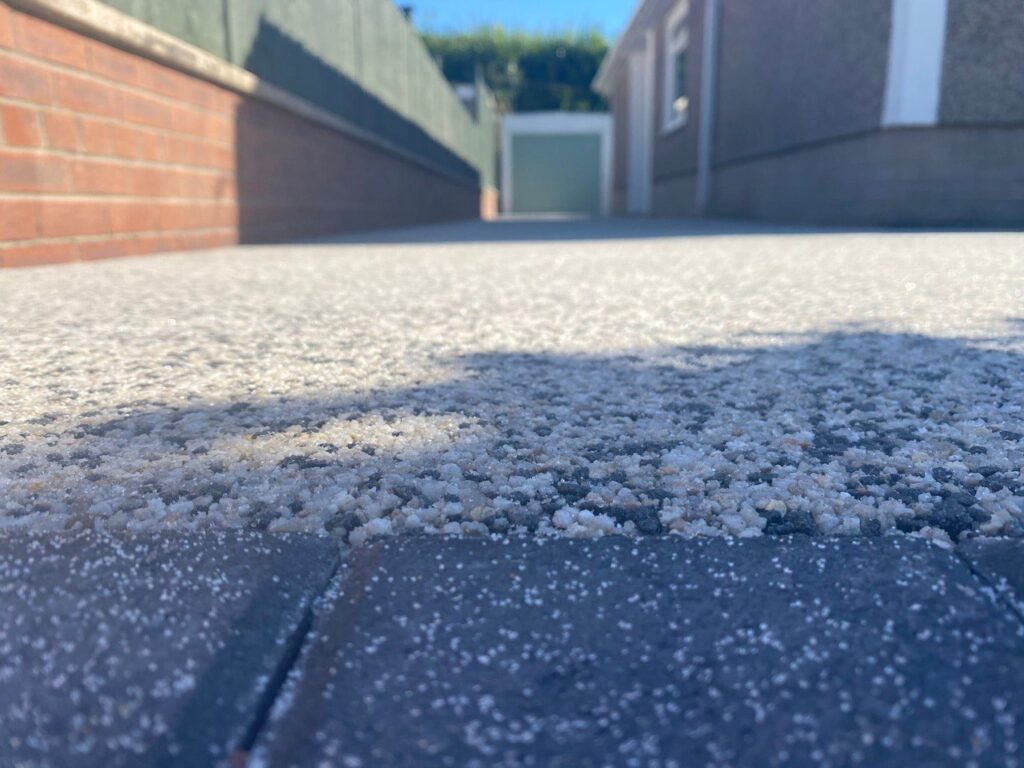Tarmac in New Developments: Why It’s More Than Just a Road Surface
When it comes to new developments, whether residential, commercial, or industrial, infrastructure plays a vital role in functionality and long-term success. One of the most critical yet often overlooked elements is the choice of surfacing material for roads, driveways, and pathways. Tarmac is a preferred option in new developments due to its strength, versatility, and cost-effectiveness. However, it offers benefits far beyond being just a road surface.
The Role of Tarmac in Modern Developments
Tarmac is widely used in the UK for surfacing roads, driveways, car parks, and pathways. Its adaptability makes it an ideal choice for new developments, providing a reliable and practical solution for both high-traffic areas and residential streets.
Key Benefits of Tarmac in New Developments
1. Durability and Longevity
New developments require infrastructure that can withstand constant use and changing weather conditions. Tarmac is known for its ability to:
- Handle heavy traffic loads without cracking
- Resist damage from extreme weather, including frost and high temperatures
- Maintain its structure with minimal maintenance over time
This durability ensures that roads, driveways, and communal spaces remain functional and visually appealing for years to come.
2. Cost-Effective and Efficient Installation
Compared to alternative surfacing materials such as block paving or concrete, tarmac is more cost-effective and quicker to install. Key benefits include:
- Rapid curing times, allowing for faster project completion
- Reduced labour costs due to straightforward installation
- Lower initial and long-term maintenance expenses
For new developments where deadlines and budgets are crucial, tarmac provides an efficient and reliable surfacing solution.
3. Enhanced Safety Features
Safety is a top priority in any new development, and tarmac contributes significantly to a secure environment. Its non-slip properties reduce the risk of accidents, while its smooth finish enhances vehicle control. Additionally:
- Tarmac’s dark surface absorbs sunlight, aiding faster snow and ice melting in winter
- Proper drainage design prevents water accumulation, reducing the risk of flooding and surface erosion
These features make tarmac an excellent choice for roads, footpaths, and driveways where safety is paramount.
4. Environmental and Sustainable Advantages
Modern tarmac production and installation methods have improved to become more environmentally friendly. Many new developments are now incorporating sustainable practices, including:
- The use of recycled materials in tarmac production
- Energy-efficient installation processes that reduce carbon emissions
- Permeable tarmac options that allow water to filter through, supporting sustainable drainage systems (SuDS)
By choosing tarmac, developers can enhance the sustainability of their projects while meeting regulatory environmental standards.
5. Aesthetic and Customisation Options
While tarmac is often associated with a standard black finish, modern options allow for greater customisation to complement the overall design of a development. Tarmac can be:
- Mixed with different aggregates to achieve a unique texture or colour
- Edged with decorative features such as brick or stone to enhance kerb appeal
- Used in combination with other materials for a tailored look in driveways and pathways
This flexibility makes tarmac a practical yet stylish option for residential, commercial, and public spaces within new developments.
Where Tarmac is Most Commonly Used in New Developments
Tarmac is not just limited to roads; it is widely used in various areas of modern developments, including:
- Residential driveways – Providing a smooth and durable surface for homeowners
- Car parks and communal areas – Ensuring functionality and easy maintenance
- Pathways and cycle lanes – Offering a safe, non-slip surface for pedestrians and cyclists
- Private roads and access routes – Enhancing accessibility and infrastructure reliability
Conclusion
Tarmac is far more than just a road surface—it is a crucial component of successful new developments. Its durability, cost-effectiveness, safety features, and environmental benefits make it the ideal choice for developers looking for a practical, long-lasting solution. Whether used for roads, driveways, or communal areas, tarmac provides a reliable and professional finish that enhances both functionality and aesthetics.
For high-quality tarmac surfacing in Sawston, Cambridgeshire, professional installation ensures a durable and visually appealing solution for any new development.
Call us on: 01223 857 079
Click here to find out more about Sawston Driveways
Click here to complete our contact form and see how we can help with your driveway needs.

